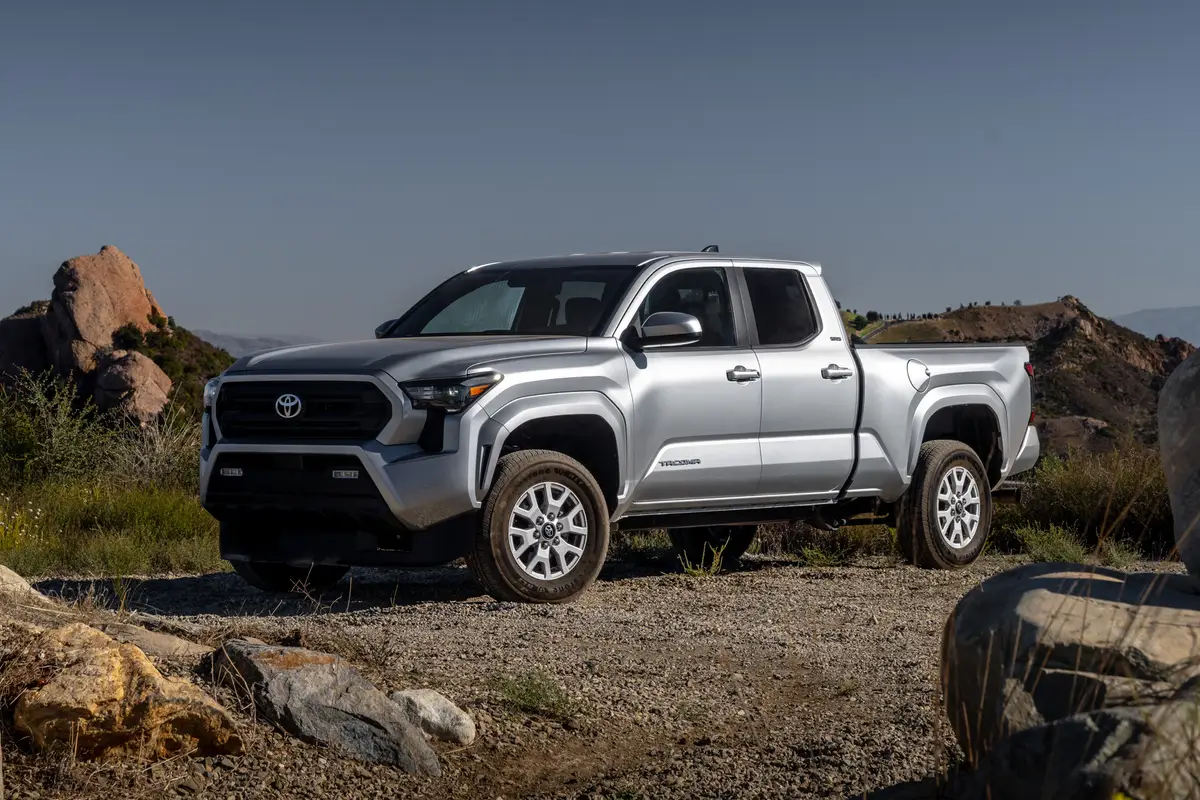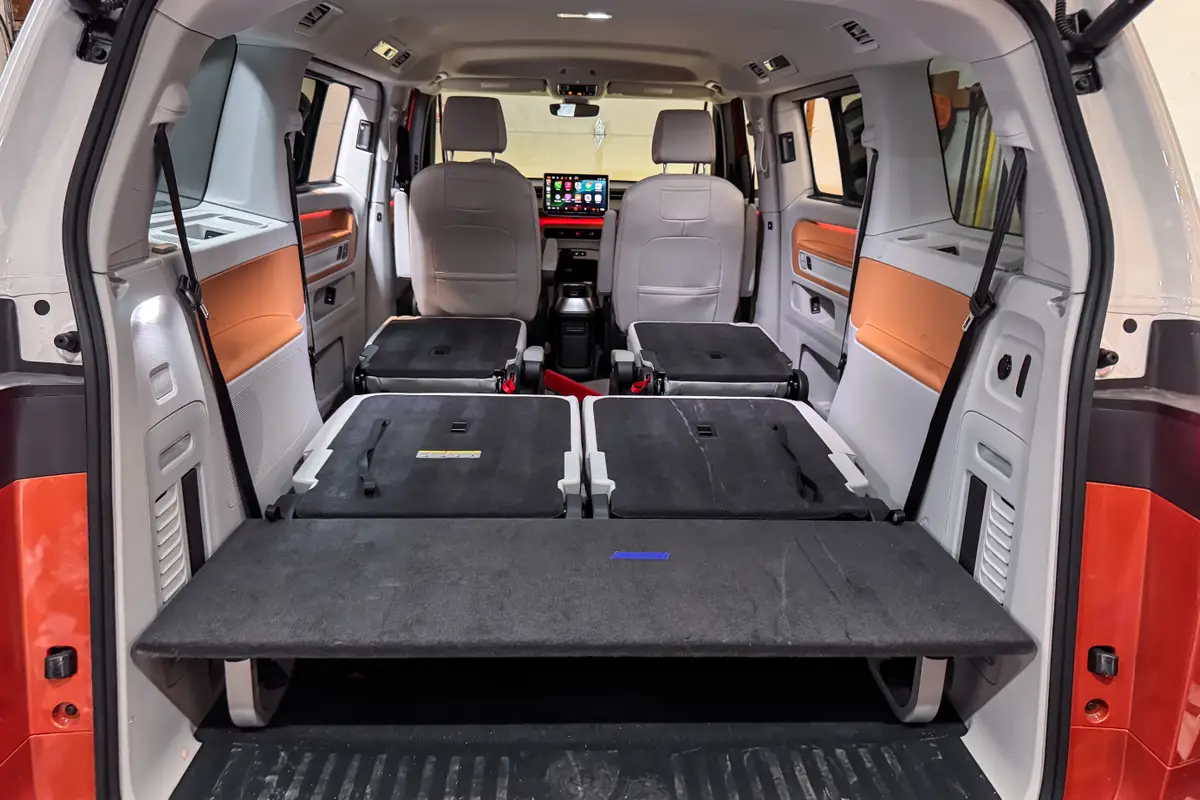chicagotribune.com's view
The Chevrolet Camaro lives.
But when you listen to the heartbeat, you hear a few palpitations thathave developed since Camaro appeared in 1967.
Its death has been reported several times in the last couple of decades,but the old geezer refuses to depart. Its fans won`t let Camaro leave. Butwith the new Ford Probe and Nissan 240SX available, Camaro loyalists aren`t asvocal as they once were.
The new Camaro will appear in the 1992 model year (Transportation, March12), a vehicle that looks as though Chevrolet designers dipped their pens inthe fountain of youth to come up with a more modern machine.
By 1992, Chevrolet should have been able to amortize the cost ofdeveloping the original sport coupe about 47 times over.
In 1967 the Camaro was exquisite on the outside and cramped on theinside. The ride and handling was only a shade better than that of theCorvette, the standard bearer of sadomasochists.
What goes around comes around.
We test-drove the `89 Camaro RS. There`s still the distinctive styling.In fact, the RS borrows many of the features of the top-of-the-line IROC-from rear-deck spoiler to lower aero body panels, cast aluminum wheels and body-colored dual sport mirrors.
Unfortunately, Camaro continues to feature recessed headlamps, the samestyling touch Nissan did away with in favor of flush-mounted lights on its new300ZX because critics said the design trapped dirt and snow.
On the inside, some things don`t change. The package is confining. Rearseat room is a joke. Trunk room is equal to that of the two-seater Fiero-mayit rest in peace.
The 2.8-liter, 135-horsepower V-6 tries admirably to put some punch inthe sports machine, or at least give you the impression that a vehicle thatlooks so sporty isn`t comatose once the ignition is turned on. But keep inmind that the 2-liter 4-cylinder under the hood of a Honda Prelude turns outthe same 135 horsepower.
A 5-speed manual with overdrive is standard, with a 4-speed automaticwith overdrive an option. Our car had the 5-speed manual. In keeping withCamaro`s age, the manual shifted arthritically.
A sports-tuned suspension with front and rear stabilizer bars andcomputer selected spring rates gives Camaro decent roadholding manners. But tosay the suspension is stiff is an understatement. Granite has more give to it. The RS offers a multiport fuel-injected, 170-horsepower V-8 as a $490option to beef up the performance. Considering the thirst the V-6 had forfuel, the seconds saved from the light with the V-8 versus the V-6 would bemore than offset by the minutes spent at the gas pump getting the gauge backto “F“ again.
The EPA rating with the 2.8 and manual is 18 m.p.g. city/27 highway. With automatic, it`s 19/27. Those numbers seem generous.
Standard equipment includes the Corvette-inspired Pass Key theftdeterrent system, in which the ignition key has a special coded se nsor thatprevents a duplicate from starting the car.
There are also power brakes and quick-ratio power steering, 15-inch all-season radial tires, AM/FM stereo with seek and scan and digital clock,three-point seat belts for small kids who might fit in the back, fullinstrumentation with tachometer, automatic pull-down hatch lid, fold-down rearseats and increased use of zincrometal inner door panels to resist rust.
Camaro is offered only in base RS and IROC versions for 1989. The two-door RS coupe has a base price of $11,495. The test car added an electricrear-window defogger at $145 and electric twin remote sport mirrors for $91.
A special option package, including heavy-duty battery, tinted glass,body-side moldings, air conditioning, color-keyed floor mats, power doorlocks, cruise control, tilt wheel and intermittent wipers, usually would cost $1,687 but was discounted to $113. The sticker on the car read $11,618. Add$439 for freight.
That`s about 3,000 less than the IROC. The RS is a poor man`s or woman`s IROC.
Some Chevy officials point out that the RS lets people buy a Camaro whocan`t afford the IROC. Of course, if Chevy lowered the price of the IROC, itwouldn`t have to worry about the RS.
Insurance costs, especially for young people, are making the IROC lessthan practical, and that`s the reason Chevy is trying to promote the RS. Ifyou are a Camaro diehard, give the RS a look.
But as long as you`re in a Chevy dealership, check out the Beretta, which starts at $10,575. The 2.8-liter V-6 is better suited for the lighter-weightBeretta than for the Camaro. Beretta also has a more modern design, nimblerhandling and less harsh ride.
Hmmm. Maybe that`s why Chevy kept the Camaro RS, to swing customers intothe Beretta.
Latest news



